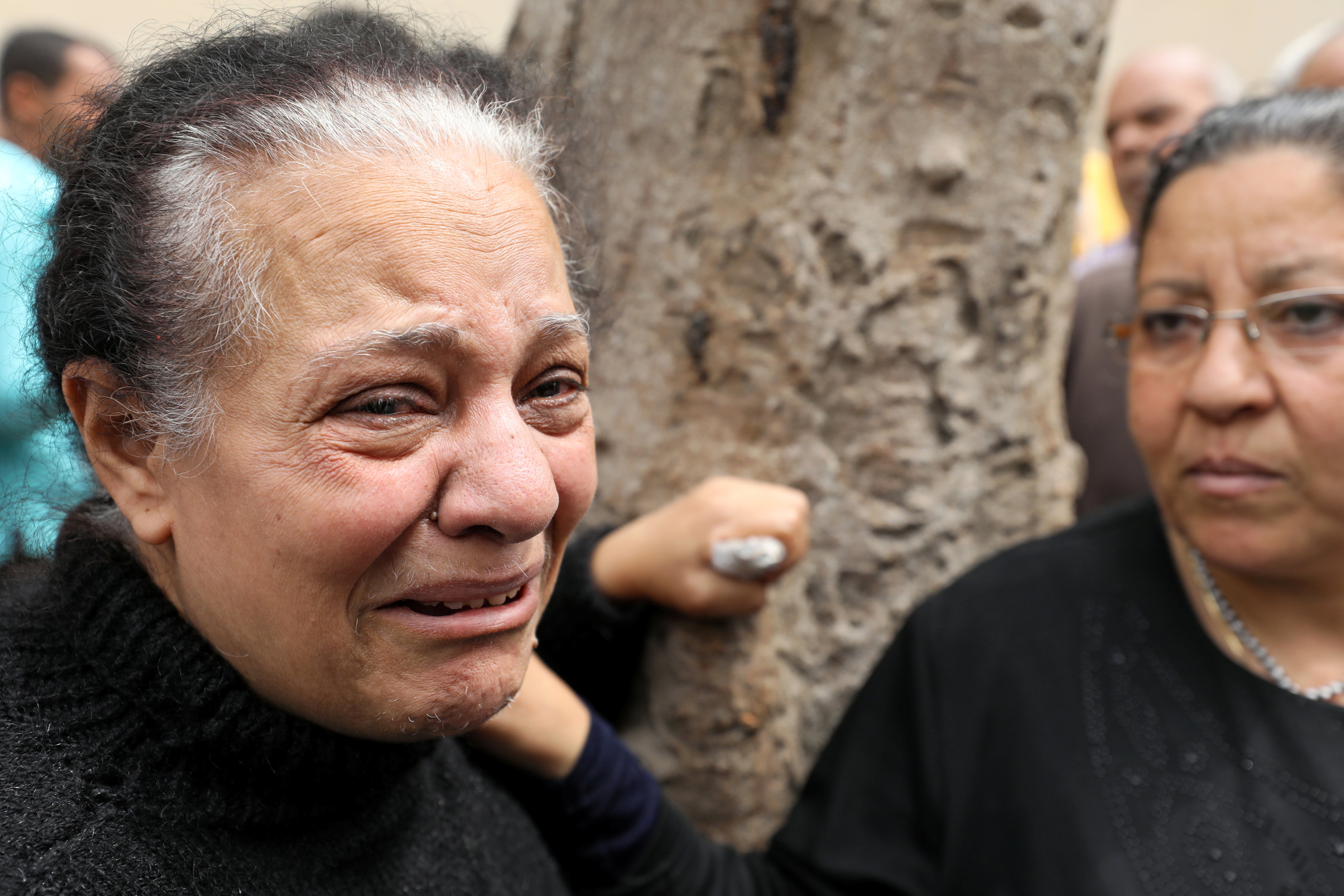
By Ahmed Aboulenein
SOUTHWEST OF MOSUL, Iraq (Reuters) – The Islamic State fighters herded a group of civilians into a house in the city of Mosul and locked them inside as Iraqi forces advanced. Moments later, the militants entered through a window, lay low for a few minutes, then fired their weapons.
The plan was simple. They would draw attention to the house by firing from the windows, then move to an adjacent building through a hole in the wall, in hope of goading coalition jets flying above to strike the house.
What the militants did not realize was that U.S. advisers partnered with Iraqi troops were watching the whole thing on an aerial drone feed. No air strike was called – and the propaganda coup Islamic State would have reaped from the deaths of innocent people was averted.
“We automatically knew what they were trying to do. They were trying to bait us into destroying this building,” said U.S. Army Lieutenant Colonel James Browning. “This is the game that we play, this is the challenge that we go through every day.”
The challenge is only increasing as U.S.-backed Iraqi forces squeeze the militants into a smaller and smaller area of Mosul, where they are now trapped along with several hundred thousand civilians.
“There is nowhere to go…. the battlefield is much more complicated with the amount of civilians that are moving,” Browning said.
The risks are high: more than 100 civilians were accidentally killed in a single airstrike by the U.S.-led coalition in March.
FINAL PHASE
After opening up a new front in northwest Mosul last week in order to stretch the militants’ defenses, Iraqi forces say the battle for Mosul is now in its final phase.
U.S. servicemen are visible near the frontlines advising the Iraqis as they advance into the last handful of districts controlled by Islamic State, facing a barrage of suicide car bombs and sniper fire.
Browning, a battalion commander from the 82nd Airborne Division, is one of more than 5,000 U.S. service members currently deployed in Iraq to “advise and assist” security forces that collapsed when Islamic State overran Mosul nearly three summers ago.
It is a much smaller footprint than the 170,000 troops deployed at the height of the nine-year occupation that followed the U.S.-led invasion of Iraq in 2003, during which more than 4,000 American soldiers were killed.
Having extricated U.S. troops from Iraq in 2011, the White House is loath to re-enter a costly conflict that would prove unpopular with the public.
For Browning, who was deployed to Iraq in 2008, the nature of the U.S. role is clearly different.
“Whereas before it was me leading fights and I would ask my Iraqi partners to come with me, now… he leads the fight and I follow him,” he said. “The biggest difference is that we are no longer in a combat role.”
Since the Mosul offensive began last October, the U.S. role has evolved so that American forces are now partnered with Iraqi troops at a lower level, reducing the time it takes them to respond to Islamic State.
That means company commanders under Browning are also partnered with brigade commanders who report to his Iraqi opposite number, Lieutenant General Qassem al-Maliki.
They hold daily discussions on operations and determine what U.S. forces can do to help, which may involve providing imagery, intelligence, air strikes, or ground fire.
The Iraqis also provide human intelligence that the U.S. forces will corroborate in order to identify targets and determine the best approach to attacking them.
Browning lives on the same base as Maliki, commander of the Iraqi 9th division, making it easier to finetune battle plans.
“Everything I am trying to do is try to shape the battlefield for him”.
(Reporting by Ahmed Aboulenein; Editing by Isabel Coles and Mark Trevelyan)









